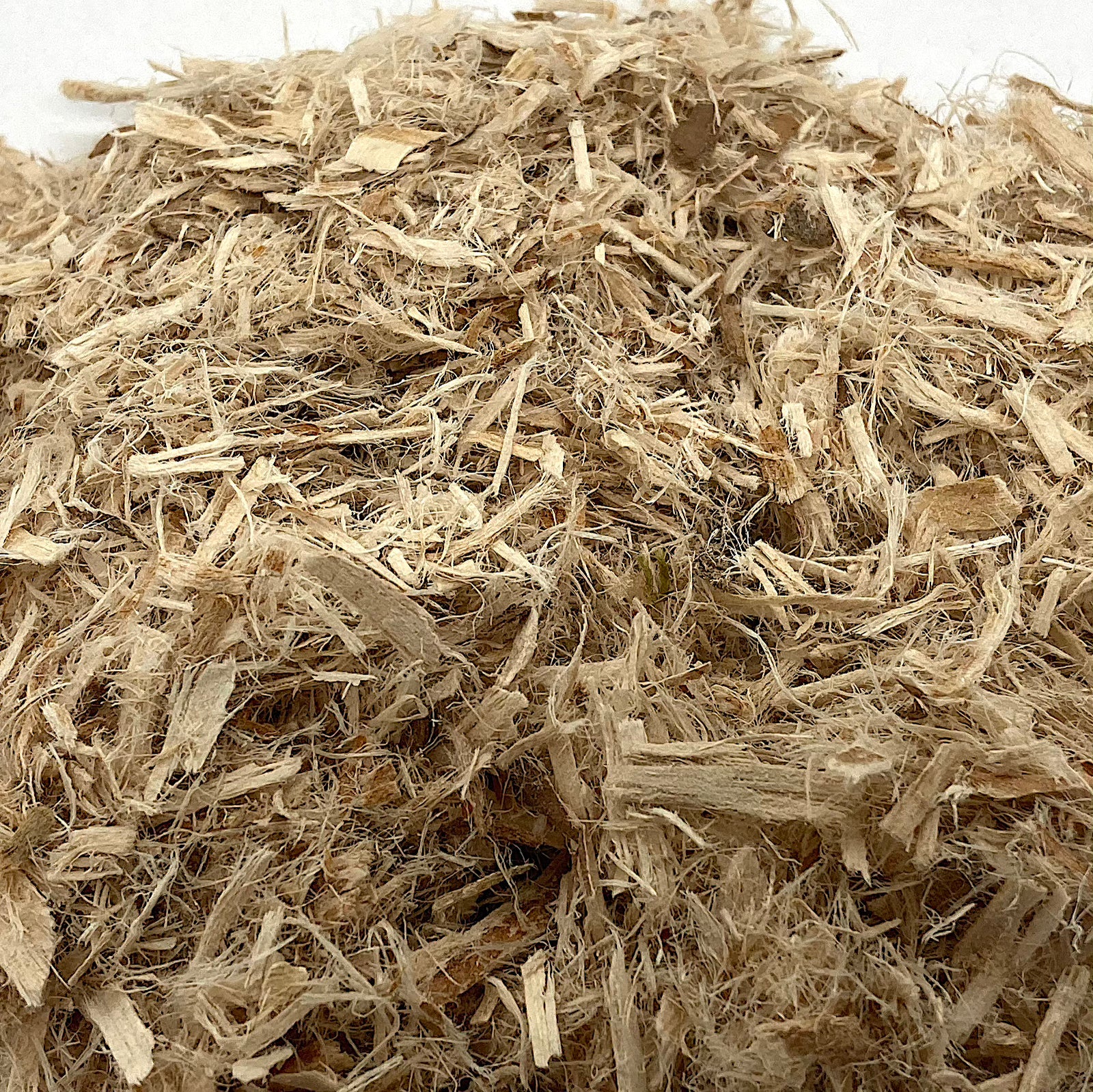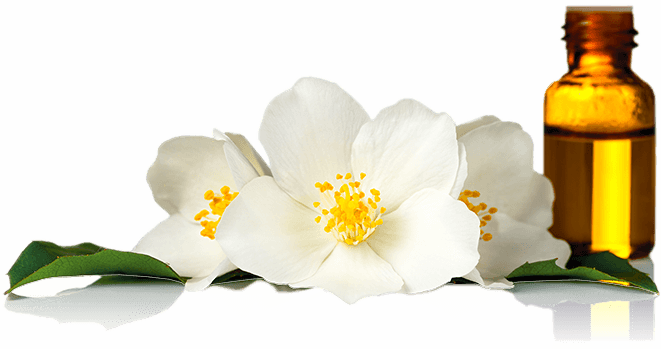Description
USA. Slippery Elm (Ulmus rubra) Bark, Cut and Sifted, Certified Organic
Common names: Red Elm, Gray Elm, Soft Elm, Moose Elm, Indian Elm
Family: Ulmaceae
Slippery Elm Bark comes from a deciduous tree native to eastern North America, ranging from north Florida and east Texas to southeast North Dakota, southern Quebec, and Maine. It grows from 40 to 100 feet in height and thrives best in open locations with dry soil.
The inner bark of the tree is rich in demulcent, astringent, mucilaginous substances including galactose, rhamnose and galacturonic acid residues. This is one of the most treasured botanical medicines that Native Americans gifted to the European settlers of the continent!
Scholars record the Alabama, Catawba, Cherokee, Chippewa, Dakota, Creek, Iroquois, Kiowa, Mahuna, Menominee, Meskwaki, Micmac, Mohegan, Ojibwa, Omaha, Pawnee, Penobscot, Ponca, Potawatomi, and Winnebago peoples as some of the many tribal groups who employed Slippery Elm bark as an internal and external remedy and healing food. They chewed it, brewed it as tea, applied it as poultice, flavored and preserved food with it. It was given for colds and sore throats; coughs and tuberculosis; as a treatment for heartburn, constipation, diarrhea, and dysentery; as an aid to childbirth, an eyewash, a dressing for burns, sores, and fractures.
So many physical troubles involve sore, inflamed mucous membranes, and Slippery Elm has calming effects on all of them.
Dr. Christopher’s website lists numerous uses: “…bedsores, dehydration and malnutrition, vaginal problems, rectal problems, wounds, burns, gangrene, fevers, diarrhea, inflamed eyes, ulcers, swelling, consumption, rheumatism, dysentery, toothache, boils and carbuncles, sore throat, bleeding of lungs, chapped hands and face, nourishment for the sickly, poison ivy, broken bones, appendicitis, whooping cough, leprosy, suppressed urine, dropsy, hard tumors, bladder inflammation, to procure easy labor, to accelerate healing, as a laxative, to neutralize stomach acid, to absorb foul gases, for coughs, chest troubles, tuberculosis, dyspnea, urinary tract problems, hemorrhoids, baldness, sciatica, as a lubricant in labor, to provoke abortion, purulent opthalmia, chilblains, croup, pneumonia, calculi, burning urine, all catarrhal disturbances, bronchial, and to remove phlegm.”
*These statements have not been evaluated by the FDA. These products are not intended to diagnose, treat, cure or prevent any disease.









